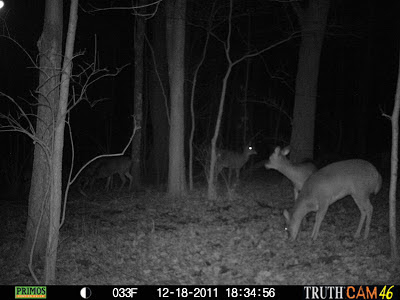 |
| Burpee's new sauce tomato |
It's the week between Christmas and New Years and right on time the send catalogs have started to arrive in my mailbox - the one at the end of the driveway.
Jungs Seeds & Plants arrived on Wednesday and then on Thursday a whole bunch arrived including
Gurney's, Henry Field's, The Cook's Garden, R. H Shumway and
Burpee.
Burpee gets the award for the most eye catching. There on the front of the catalog is a big red tomato with a yellow sign proclaiming "Shown Actual Size". Before I even opened the catalog I got out my ruler and measured the picture. The tomato was five inches across and five and a half inches tall!
SuperSauce is definitely not your average Roma type paste tomato and I don't think I'm going to be able to resist ordering it!
The copy describing this new tomato, found on page three of the catalog, is effusive to say the least.
Burpee proclaims this is a "superhero" tomato, a "roma with aroma".
Just below the picture of the huge tomato is a picture of a large flower pot growing sweet corn. This Burpee exclusive is called
On Deck Hybrid and is the "first sweet corn bred for containers!". Apparently you take a 24 inch pot and plant nine seeds in it and you can pick corn from your back deck!
Burpee boasts 80 new varieties this year including a pink raspberry, a white and purple striped potato and a heat resistant broccoli.
The Cook's Garden catalog has lots of pretty pictures and both Henry Field's and Gurney's offer big discounts on mostly standard vegetable offerings. Both Jung's and Henry Field's have a nice offering of perennials and shrubs.
But my favorite catalog to browse is the R.H. Shumway's Illustrated Garden Guide. Shumway's is illustrated with old time looking drawings both black and white and colored. They offer some hard to find heirloom varieties like
Bohemian Horseradish, Howling Mob sweet corn, dark red
Egyptian beets, sugar beets and Shumway's Colossal Long Red Mangels (beets). The catalog says that mangels are "equal in nutrition to grain" and "relished by livestock, particularly milk cows". I think I need to invest in some mangel beet seed!
For 2013 they are announcing, beautifully illustrated on their back cover,
Mr. Wrinkles Pumpkin and
Mrs. Wrinkles Pumpkin. Mr. Wrinkles is touted as a wonderful orange Jack O'Lantern type with a good barrel shape and large dark green handles.
Mrs. Wrinkles is a deeply ribbed orange pumpkin, growing 10 inches wide and only nine inches tall - like a Cinderella pumpkin I'm thinking. I might just have to get some of those too.


















































